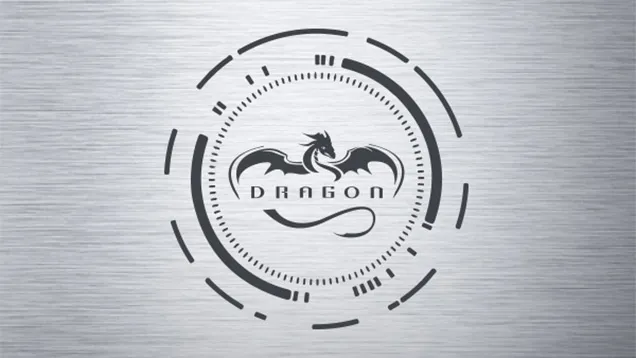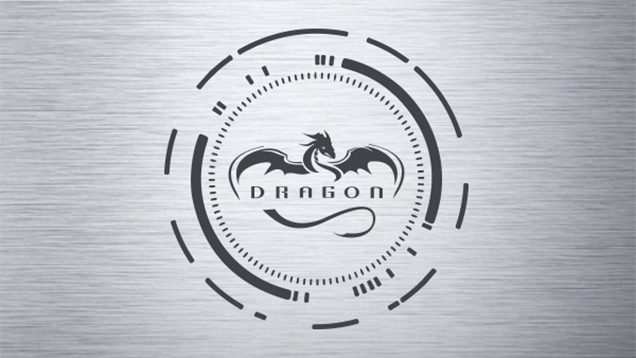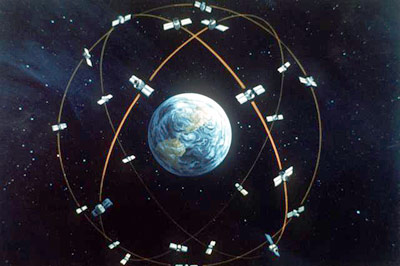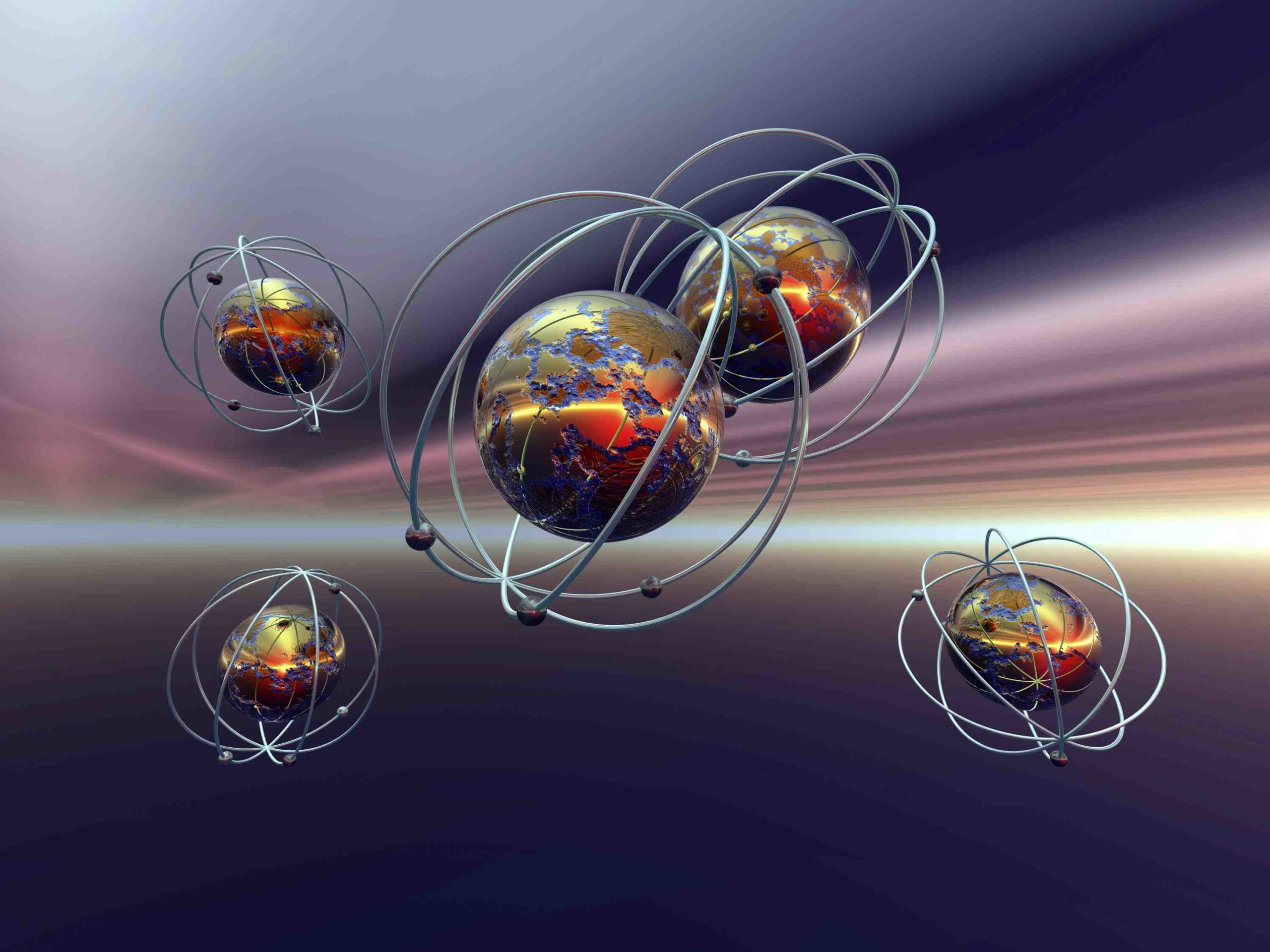
Space X unveils Dragon V2: The GenNext Manned Spacecraft
 Space X has unveiled its 1st manned dragon spaceship – The Next Generation Space X Dragon V2. The private spaceflight industry has been making good progress towards manned space mission capability and fittingly it was Space X CEO Elon Musk who revealed the design of Dragon V2 on 30th May, 2014 at 02.00 Hours May 30th Greenwich Mean Time. The Dragon V2 is designed to carry astronauts to the International Space Station.
Space X has unveiled its 1st manned dragon spaceship – The Next Generation Space X Dragon V2. The private spaceflight industry has been making good progress towards manned space mission capability and fittingly it was Space X CEO Elon Musk who revealed the design of Dragon V2 on 30th May, 2014 at 02.00 Hours May 30th Greenwich Mean Time. The Dragon V2 is designed to carry astronauts to the International Space Station.
The Dragon V2 would be Space X’s manned version of the Dragon spacecraft which has already made made 3 trips carrying cargo back and forth from the International Space Station under a $1.6 Billion contract with NASA.
Space X is one of the three companies, Boeing and Sierra Nevada being the others who are competing for funding from NASA’s Commercial Crew Transportation Capability program with the goal of developing a private spacecraft that can carry U.S.A. astronauts to the International Space Station by 2017. The primary objective of NASA’s commercial crew program is to develop spacecrafts that can launch humans to Low Earth Orbits (LEO) and potentially astronauts to the International Space Station.
So I’ll let Elon Musk and the Space X team to present this spacecraft to you 🙂
Did you like this post? Read more and subscribe to our monthly newsletter!







